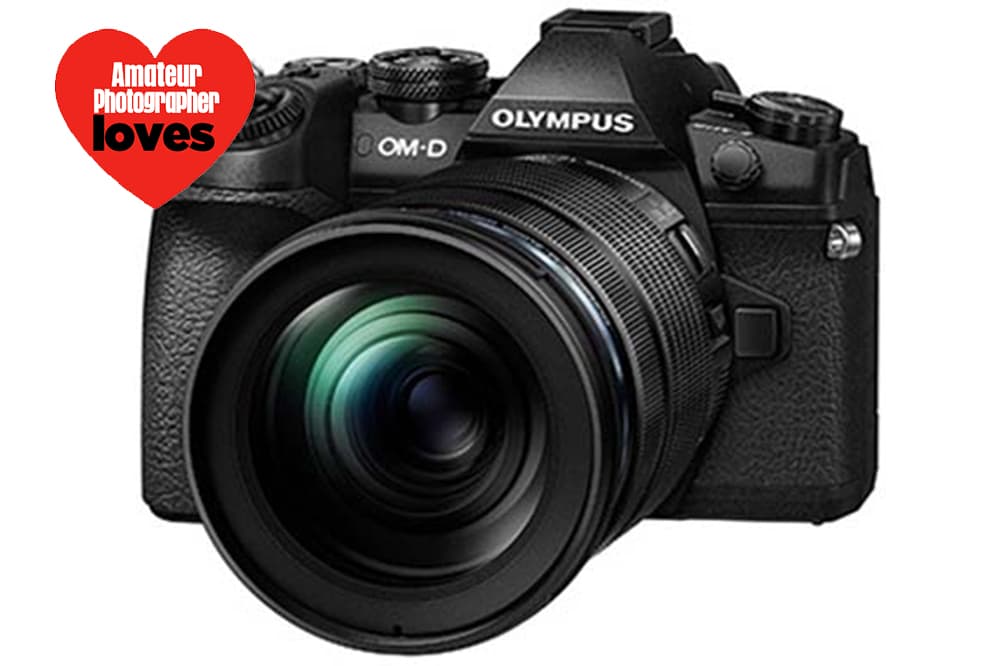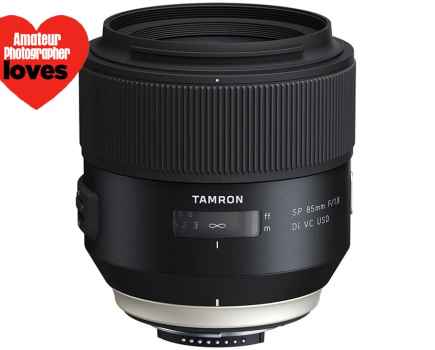If you’re looking for a small and lightweight camera, but built for the rigours of professional shooting, then look no further than the Olympus OM-D E-M1 Mark II. While in many cases style over substance can be an issue, with the OM-D E-M1 Mark II the cool exterior of the camera houses some of the most advanced technology available in mirrorless cameras to date.

The Olympus OM-D E-M1 Mark II replaced the OM-D E-M1, which was introduced in 2013 and had a 16.3-million-pixel sensor. This, in turn, replaced the Olympus E-5 that was released in 2010 and marked a significant evolution of both camera styling and technology. Where the E-5 looked much like a small DSLR in styling and size, the OM-D E-M1 was much more compact and packed with impressive features and a greatly improved sensor. It was Olympus’ flagship model, and the OM-D E-M1 Mark II released in 2016 took the helm, building on the legacy created by its predecessor.

Like all Olympus cameras, the OM-D E-M1 Mark II uses a Micro Four Thirds size sensor and lens mount, which is one of the main reasons it can be so small and lightweight. Micro Four Thirds was a joint development between Olympus and Panasonic, which means that with either camera system you can use lenses from the other manufacturer. This is the only lens mount shared by two manufacturers, and a unique situation that photographers can take advantage of.
The Olympus OM-D E-M1 Mark II is a professional camera, and as such it’s weather sealed and offers two SD card slots with multiple options for recording images. In terms of features, you have everything you need to shoot all subjects with the 20.4-million-pixel Live MOS sensor featuring 5-axis image stabilisation offering up to 5.5 stops of compensation. Sports photography is a breeze thanks to a continuous-shooting speed of up to 60fps, and also the high-resolution mode allowing you to shoot huge 80-million-pixel raw files by taking advantage of the shifting sensor.
Read the full review here.
Price: £1,849 (body only)
www.olympus.co.uk







